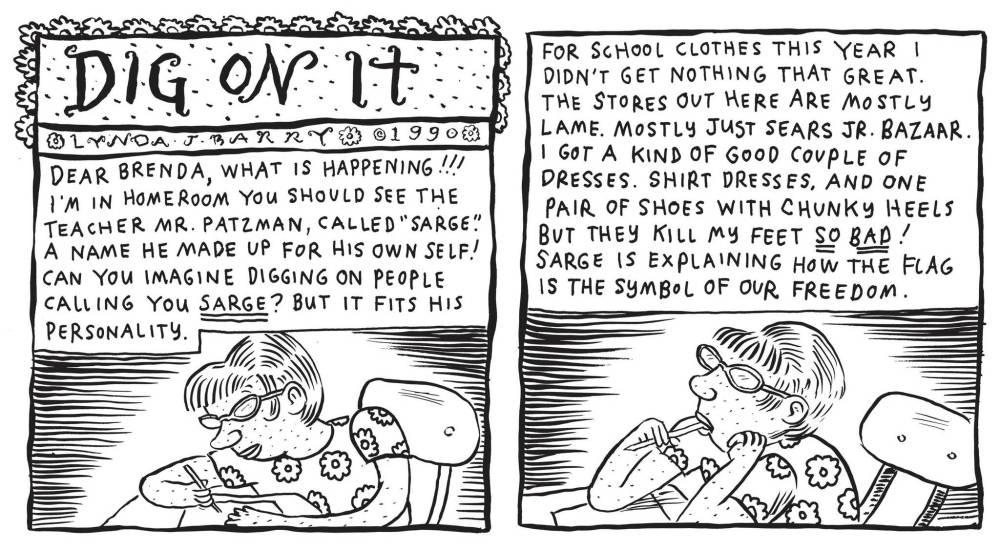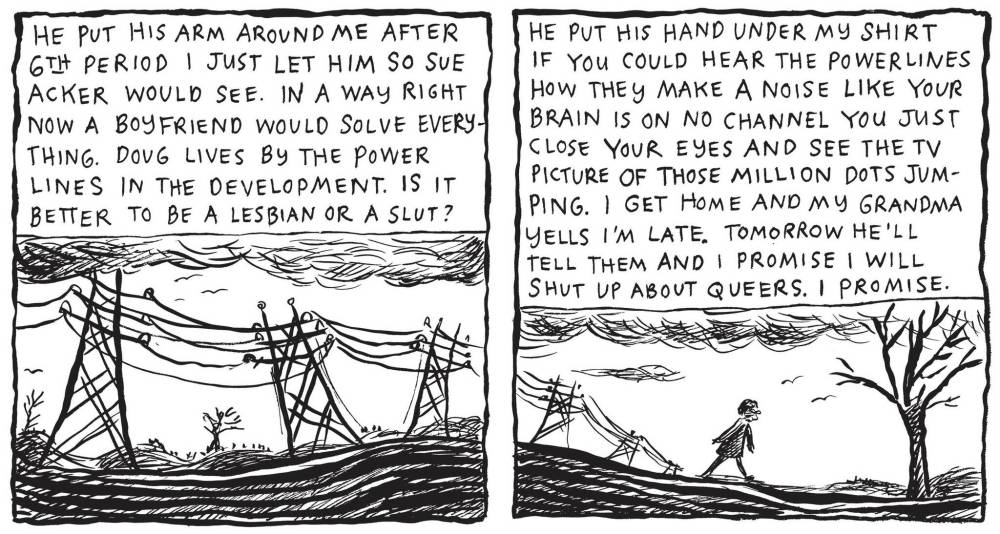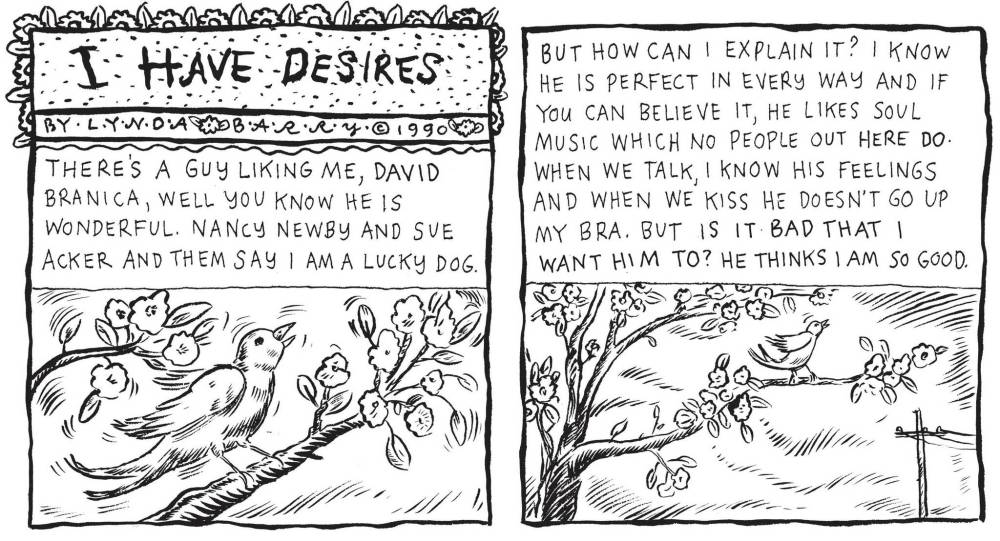Compelling chaos
Barry’s comic collection brings anarchic joy amid sometimes-heavy themes
Advertisement
Read this article for free:
or
Already have an account? Log in here »
To continue reading, please subscribe:
Monthly Digital Subscription
$0 for the first 4 weeks*
- Enjoy unlimited reading on winnipegfreepress.com
- Read the E-Edition, our digital replica newspaper
- Access News Break, our award-winning app
- Play interactive puzzles
*No charge for 4 weeks then price increases to the regular rate of $19.95 plus GST every four weeks. Offer available to new and qualified returning subscribers only. Cancel any time.
Monthly Digital Subscription
$4.99/week*
- Enjoy unlimited reading on winnipegfreepress.com
- Read the E-Edition, our digital replica newspaper
- Access News Break, our award-winning app
- Play interactive puzzles
*Billed as $19.95 plus GST every four weeks. Cancel any time.
To continue reading, please subscribe:
Add Free Press access to your Brandon Sun subscription for only an additional
$1 for the first 4 weeks*
*Your next subscription payment will increase by $1.00 and you will be charged $16.99 plus GST for four weeks. After four weeks, your payment will increase to $23.99 plus GST every four weeks.
Read unlimited articles for free today:
or
Already have an account? Log in here »
Hey there, time traveller!
This article was published 13/08/2022 (1245 days ago), so information in it may no longer be current.
My Perfect Life is a lively, immersive collection from American cartoonist Lynda Barry. These slice-of-life comics are based on Barry’s syndicated 1980s strip Ernie Pook’s Comeek, which has since become a cult classic. Almost 40 years later, the strips compiled here, which portray recurring Ernie Pook character Maybonne Mullen during her high school days, remain chaotic and compelling.
Notably, Barry came up in the underground comics scene alongside The Simpsons creator Matt Groening, and has since garnered critical acclaim as a cartoonist, author and creative educator who continues to experiment with the comics medium. Barry often mines her own girlhood for details and stories that make it easy to see why Ernie Pook is as influential as Groening’s strip Life In Hell in pioneering and popularizing the alt-weekly comic.
Following the comic-strip format, the book’s stories are mostly drawn in four square panels, split horizontally. Though Barry packs a lot of text into each square, she also has a great ear for teen dialogue (and monologue, as most of Maybonne’s thoughts are chronicled either in letters to her friend Brenda, or in her diary.)
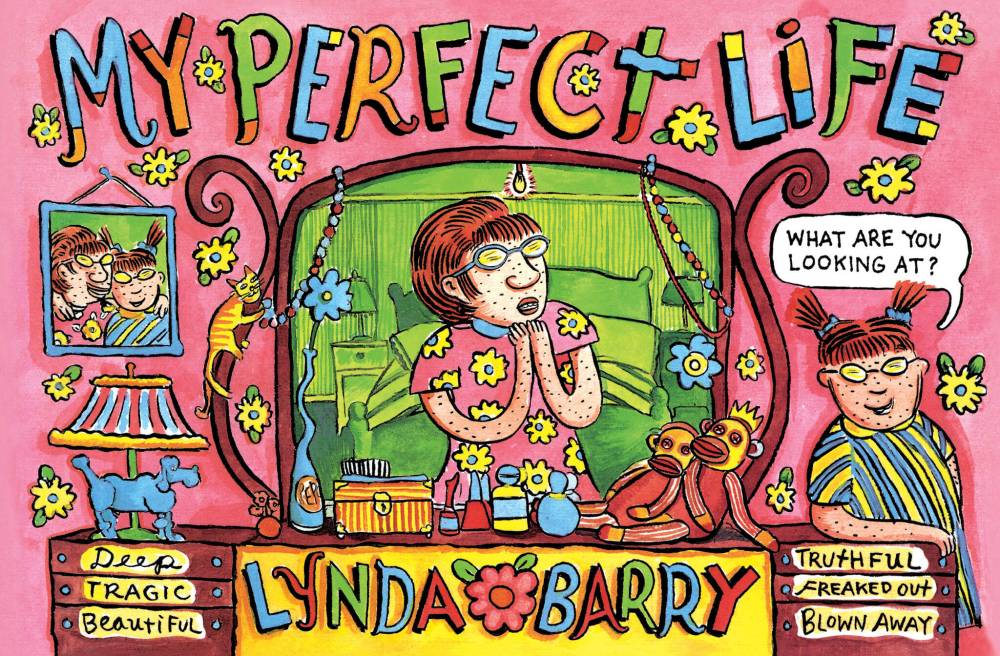
My Perfect Life
Barry’s panel drawings are also often at odds with the accompanying text, tapping into the visceral and often confusing impact of many a teenage shenanigan, as Maybonne recounts bathroom séances, bouts of heartbreak and classroom tedium — the book opens with a series of detailed sketches of that year’s teachers, complete with eviscerating commentary on each.
But Maybonne is just as hard on herself as she is on others, often remarking that her main problem is her “whole personality.” Often too self-aware for her own good, Maybonne is frequently in her head, and processes her struggles and emotions by writing them down.
Her internal conflicts mostly involve boys who don’t live up to her expectations and cause palpable feelings of disgust; she describes the memory of an ex who then tries to reestablish a relationship as “Beefaroni that [she] barfed on.” Although some of Barry’s language can feel dated, Maybonne herself remains quite timeless, especially during her teen-girl interactions with friends. As she candidly remarks, “it is weird being friends with someone you used to hate. It’s embarrassing.”
Equally candid are Barry’s vivid character designs; the Mullen girls are drawn with thick curved lines, and clad in bold-patterned dresses, with awkward glasses, plenty of freckles and little sister Marlys’ signature overbite. These details in physicality are both eye-catching and lend another layer to Maybonne and Marlys’ endearing humanity, and their quirkiness.
Barry also highlights the quirky, charming bond between the sisters. The younger Mullen is a fan-favourite (showcased further in Barry’s The Greatest of Marlys) who always seems to know when Maybonne is sad. Her anarchic silliness comes from a place of care, as she provides comic relief both for Maybonne and the reader, through her own version of some top 40 radio hit, or a dance that she “invented.” Though the book focuses mainly on Maybonne, playful, feisty Marlys best exemplifies both the style and the appeal of Barry’s work as a cartoonist.
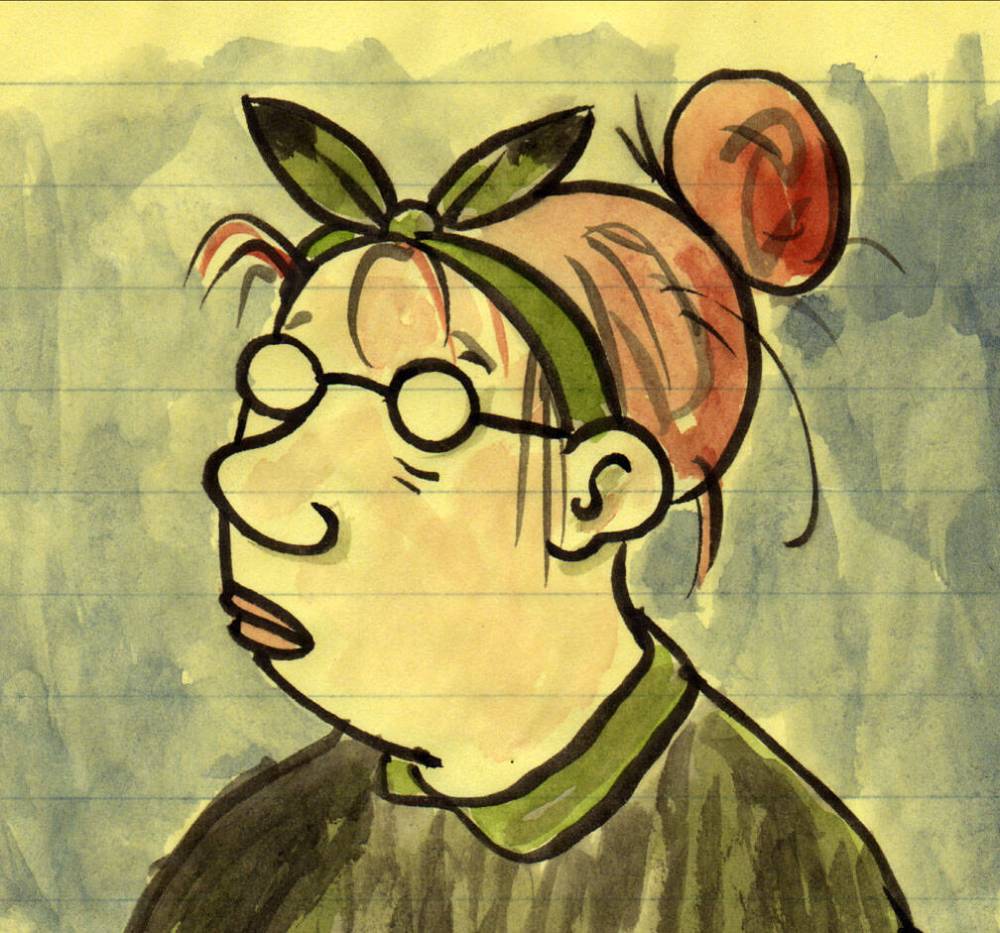
A self-portrait of the author
Though light-hearted overall, the book also chronicles many serious incidents between (and even during) bouts of frenzied hilarity. An interlude called The Most Obvious Question provides a tonal shift when Maybonne embarks on a bus to visit her estranged mother. Though most of My Perfect Life involves a re-telling of what has already happened through small vignettes, this particular story has the feel (and dread) of happening in real time, as Maybonne finds herself in an increasingly distressing situation that threatens her hopefulness in a new, scary way.
Even with some heavy themes and the Mullens’ less-than-idyllic upbringing, there is still so much joy to be found in My Perfect Life, as Maybonne hopes and wishes for things to align into “a beautiful ending” for any situation, no matter how dire.
Nyala Ali writes about race and gender in contemporary narratives.



